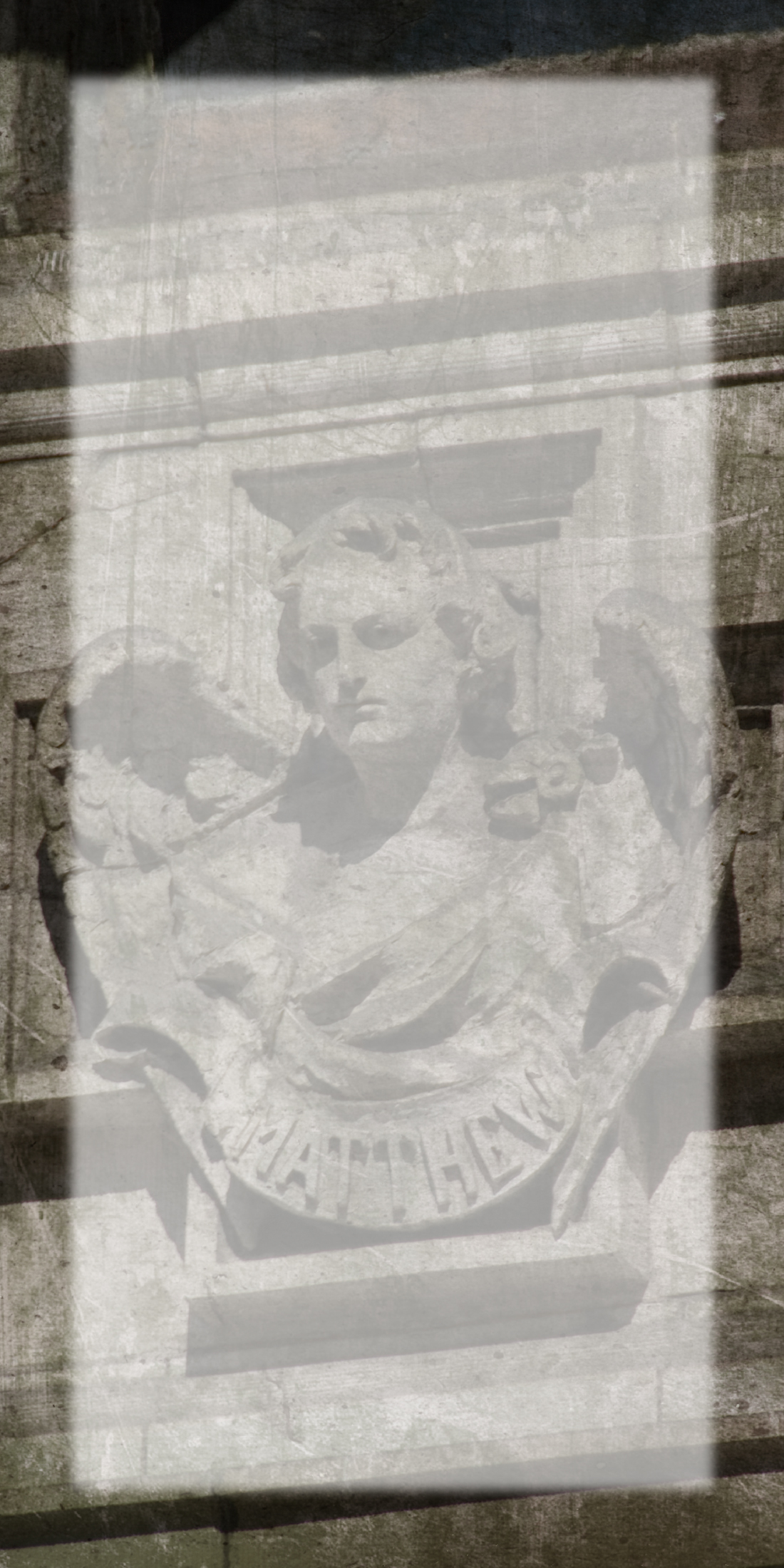In contrast to what has become the "classical" definition of photography, i.e. an aesthetic based on long tonal range and clear details, other qualities of the medium have been virtually ignored. One of the most important of these for me is the medium’s ability to translate movement into form. In this way photography can be used as a way for expanding language. Photography’s translation of movement into form is actually non-expressionistic. Let’s not forget that the image recorded by the camera was a real event, not a symbolization of one—it’s not an artist’s rendering.
This quality of photography is important because it’s particularly well suited to the project of expanding our present conceptual structures because it investigates space in an exceptional way. What does photography capture when it translates any movement into blurry copies of an event? These subsequent forms are the direct translation of time and our relation to it into visual symbols. These symbols can be used to modify our consciousness; enabling us to access more of our psychic potential. The whole thing perfectly takes advantage of Kant’s proposition.
The blurs of movement recorded by photography are actual fragments of "fossilized" time. Only photography can supply this awesome translation because its mechanics are rooted in it. The visual translation of time into symbol creates the possibility of an abstract language that includes that quality of the universe that is, from the human perspective, the bindery material of all that exists. The use of photography in combination with digital technology makes it possible to translate the space/time continuum into abstract symbols. These symbols are, in effect, new additions to the languages, i.e. conceptual structures from which our experience of reality springs. The result can be a new experience of the world, one that transcends every day consciousness. That’s exciting I think.
This process represents just one example of how human consciousness can be altered to include those aspects of existence that lie beyond our five senses. This exemplifies an expansion in our knowledge that brings with it profound philosophical ramifications. No longer must we imagine a world of "Oneness" where all things are connected. We now have a way of visualizing it, which means we can react to it differently. This was how my work evolved from photography to the work I am presently engaged in.
MK: It would seem that your work in film, a medium that includes time, might have a connection to your wanting to include that fourth dimension. If so, how?
MS: My film work is the main stay of my professional activities. I come from photography. There is no dichotomy in my artistic activities. To the contrary, I am committed to the idea that we are “one world,” which finds its way into everything I do—I have one life and so do you. I want to explore how I can contribute to the world as fully as possible.
We are all complex conglomerations of possibilities. Our lives cannot be prescribed by arbitrary formulas such as an artist must only have one subject matter, one style, one medium, not be involved with commercial endeavors or whatever. These are all clichés that deserve examination. They are invested with a certain kind of tyranny of the expected, which results from the need to control a market place that is antithetical to being a authentic person, certainly to being a genuine artist, and both are preconditions necessary to meaningful creative action. Each of us is capable of many things—often much more than we can imagine, sometimes less (smile).
Film is all about authenticity in time. It’s the process of lining up lots of still pictures and investing them with a certain kind of space that is created when one moves them quickly relative to one another. This is how we create the simulation of time and transform 2D pictures into an experience of cinema. In this space there is a special connectivity between things; the events are the placeholders for materiality – much like our lives. This is why film tends to be so powerful: It allows an artist the possibility to sculpt real-time instances, and nothing is more persuasive than reality.
Interview answer continues on next page.
